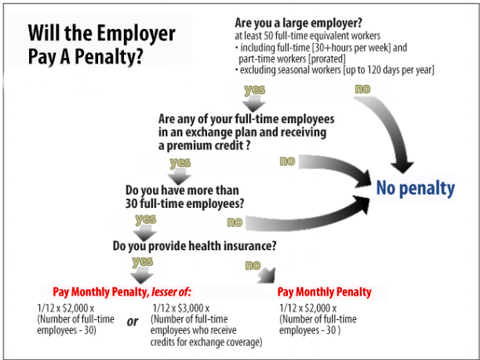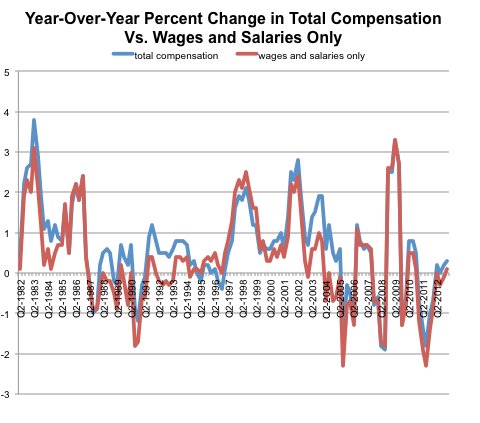Showing no signs of slowing in the face of higher mortgage rates, sales of single-family homes increased 8.3 percent to a seasonally adjusted annual rate of 497,000 units, the highest level since May 2008, the Commerce Department said.
Economists, who had expected sales to advance only to a 482,000-unit rate, said buyers sitting on the fence had probably rushed into the market to lock in mortgage rates in anticipation of even higher rates.
“The recent increase in mortgage rates hasn’t slowed demand as long as home affordability remains high,” said Bob Walters, chief economist at Quicken Loans in Detroit. “We are, however, seeing an increased urgency from potential new home buyers as they move to secure today’s historically low rates.”
Though the government revised down sales from March through May by a total 38,000 units, the overall tone of the report was bullish. Compared with June 2012, sales of single-family homes were up 38.1 percent, the largest increase since January 1992.
Some worried that higher borrowing costs could crimp the housing market recovery after a report on Monday showed a surprise drop in home resales in June.
Mortgage rates have been rising in anticipation of the Federal Reserve’s starting to reduce its huge monetary stimulus this year. According to Freddie Mac, the 30-year fixed mortgage rate increased 0.53 of a percentage point in June to 4.07 percent, its highest level since October 2011.
Still, mortgage rates, which edged lower last week, remain low by historical standards, and economists, including the Fed chairman, Ben S. Bernanke, contend the fundamentals in the housing market are strong enough to withstand the increase in borrowing costs.
The strengthening housing market is lending support to manufacturing, which has been hit by deep federal spending cuts and slowing global demand.
A rebound in new orders helped to lift factory activity to a four-month high in July. Markit’s preliminary Manufacturing Purchasing Managers Index rose to 53.2 this month from 51.9 in June. A reading above 50 indicates expansion in the factory sector.

Article source: http://www.nytimes.com/2013/07/25/business/economy/new-home-sales-and-factory-activity-rise.html?partner=rss&emc=rss









